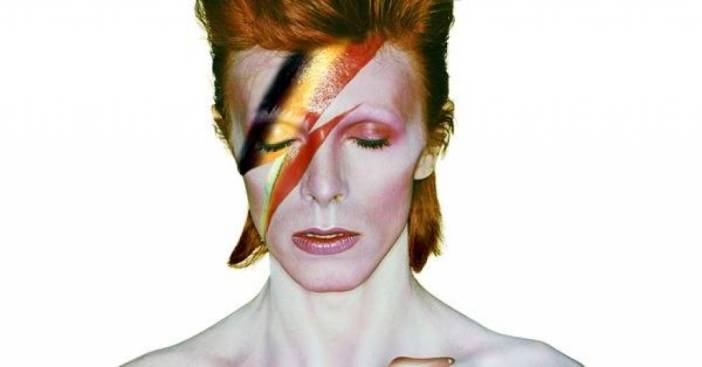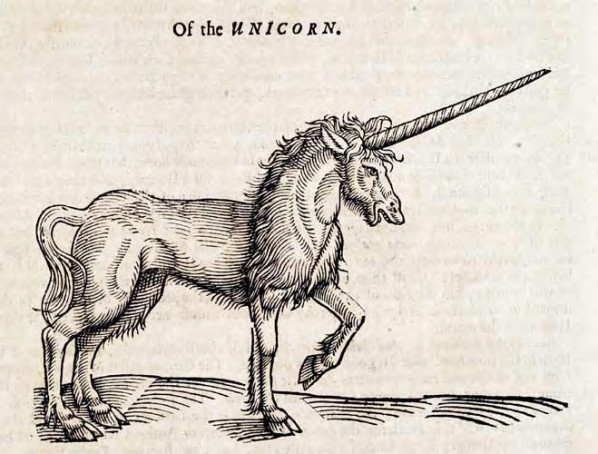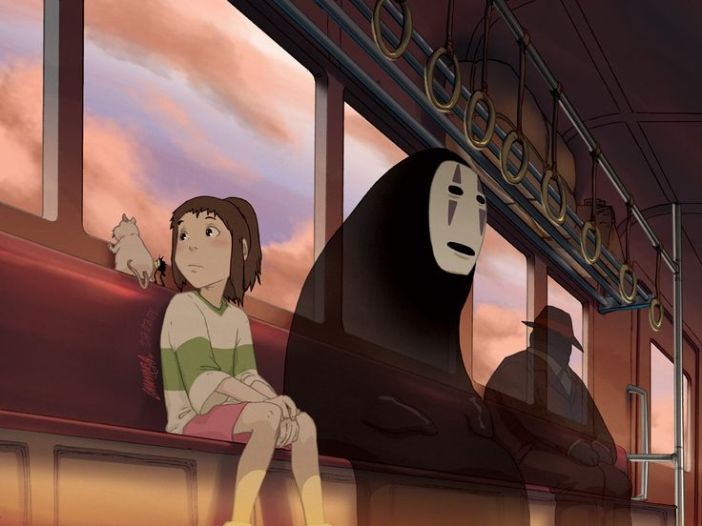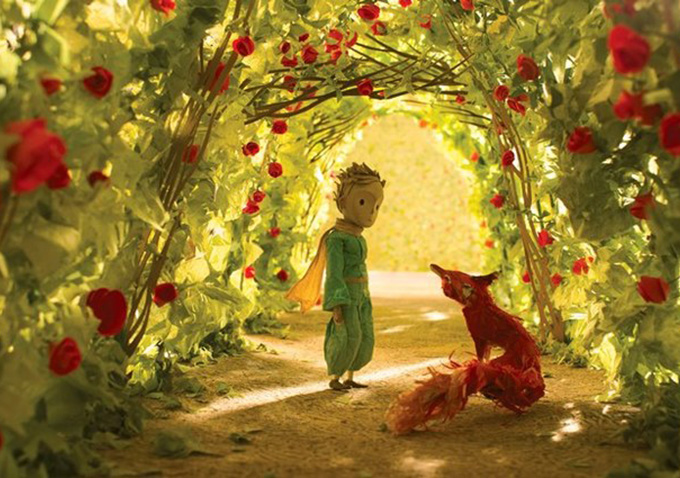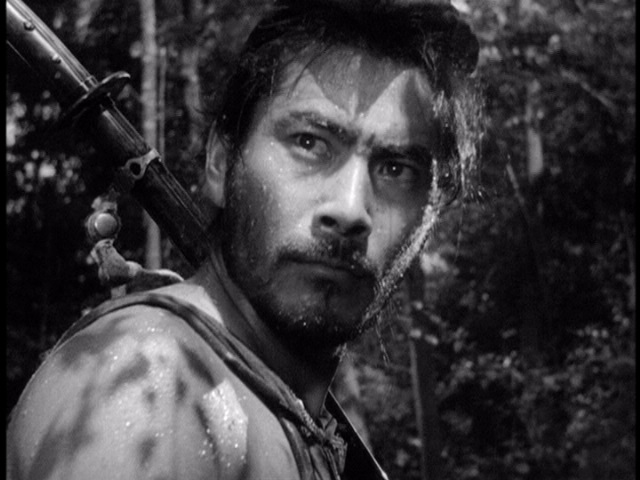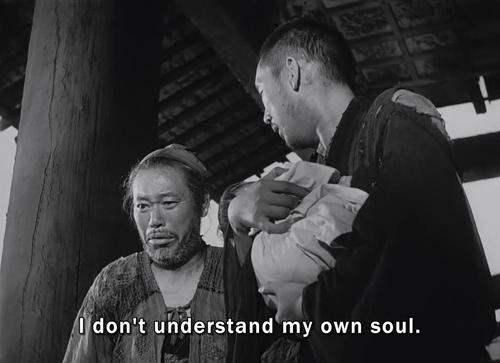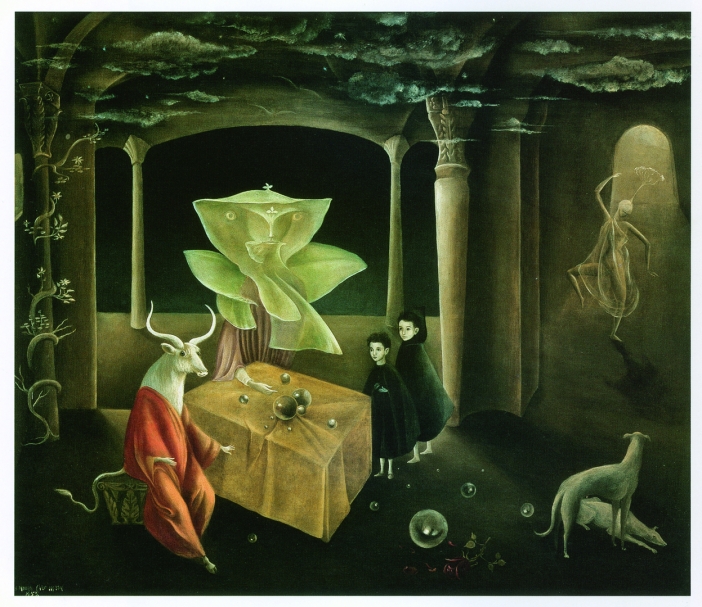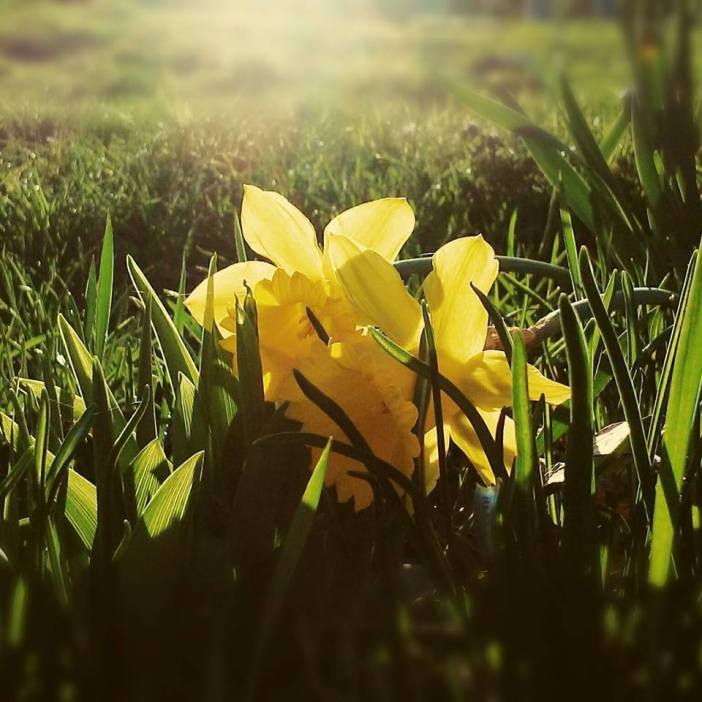
February (n.) late 14c., ultimately from Latin februarius mensis “month of purification,” from februare “to purify,” from februa “purifications, expiatory rites” (plural of februum “means of purification, expiatory offerings”), which is of uncertain origin, said to be a Sabine word. De Vaan says from Proto-Italic *f(w)esro-, from a PIE word meaning “the smoking” or “the burning” (thus possibly connected with fume (n.)). The sense then could be either purification by smoke or a burnt offering. (Online Etymology Dictionary)
It strikes me as interesting that the return of light and the spring quickening, which we celebrate as Candlemas or Imbolc at the beginning of February, should immediately follow an eclipse–a diminishing of light–this year. Very on-the-nose, Mother Nature!
Speaking of, allow me to rant for a moment: The full moon of January 31 was not a Blue Moon. Those in the know know that this bullshit about a Blue Moon being a second full moon in an calendar month was all due to a mistake printed in an astronomy magazine in 1946, which didn’t really gain popular credence until the ’80s. I mean even Wikipedia knows this. Originally the Blue Moon was the third of four full moons in a season. Seasons (four-month periods) generally have only three full moons. In America there is a tradition of naming the full moons, which you will find in farmer’s almanacs: For example, you’ve got your Strawberry Moon in June, and your Beaver Moon in November. If you start counting from January 1, the Blue Moon will actually be on March 1 this year. It would go Wolf Moon (Jan 1), Snow Moon (Jan 31), BLUE MOON (Mar 1), Worm Moon (Mar 31), and then we’re back on schedule for the Pink Moon on April 29. By this reckoning, Blue Moons happen approximately once every three years (there’s a calendar of Blue Moons between 2009 and 2021 on the Wikipedia page I linked), making the saying “once in a Blue Moon”–implying a rare occasion–actually make sense. Whereas two full moons in a calendar month are relatively common.
However! I argue March 1 is not necessarily the true Blue Moon either. Because what is a season, and for that matter, what season are we even in? If we’re talking about the number of full moons in a season, customarily we would either define that quarter relative to a solstice and an equinox OR according to local ecological conditions. Where I am, most people call this “winter” because the month is February, and calendrically we usually call the months of December, January, and February “winter.” But if we go by natural observation it is in fact spring because it’s starting to warm up and the trees are starting to bud. Sap is definitely running.
It’s also spring according to the solar markers (solstices/equinoxes and their cross-quarters): If we start our seasons on the cross-quarter days–which traditionally was the case at least in northern Europe–note we usually call the winter solstice “Midwinter” and the summer solstice “Midsummer”–then spring begins February 3, and that would mean it was actually winter that had the Blue Moon, on January 1. (The winter full moons having fallen on Nov. 4, Dec. 3, Jan. 1, and Jan. 31.) To each their own preferred method of seasonal division.
But naming full moons, while a quaint and pretty tradition, is still just naming–a Blue Moon has no astrological significance, for example–it’s just a sort of intercalary placeholder, like a Leap Day; and culture changes, blah blah blah; so why do I rant so hard about this Blue Moon thing, you may ask? Three reasons: (1) This wasn’t a cultural change that followed ecological or climate change, or even that was made for some political-historical purpose. It was just plain old ignorance that got out of hand the way it can thanks to mass media. (2) The two-full-moons-in-a-month concept is completely divorced from nature–i.e, reality. And (3) following from the last point, it’s totally meaningless. It’s not only an arbitrary custom, it’s a pointless one. I mean for crying out loud, whether or not there are even two full moons in a month depends on what time zone you live in–what’s more arbitrary and pointless than that?
Along similar lines, and to finally get around to my point, I believe I’ve ranted before about how celebrating the beginning of the year on January 1 is also completely divorced from seasonal reality for at least most of the northern hemisphere. As far as I can tell, most cultures seem to start their year at the beginning of spring. (And if you’re thinking, Not the Celts, they started their year at Samhain on November 1–well, no one knows that. It’s entirely based on 20th century conjecture. All we can really say is that they had a festival at that time–as do most cultures of the northern hemisphere.) For the Romans before Julius Caesar, Februarius was the last month of the year, so their “spring cleaning” was really more of an end-of-year, make-ready-for-the-new, pre-spring cleaning. Then you’re ready to start your new year all bright and shiny just like the little baby leaves and the little baby animals and the sprouts and the blossoms.
Similarly the Japanese celebrate Setsubun or Risshun on February 3, just before the beginning of spring according to their weird patchwork calendar*. I wrote a bit about Setsubun (and Imbolc) and this time of year back in 2016, but suffice to say it’s all about driving out evil and sickness to get ready for (what used to be) the new year, before the adoption of the Gregorian calendar. On February 4 we will begin the Chinese Year of the Earth Dog**. In other words, if you’re in the northern hemisphere right about now, and you give even the tiniest of shits about seasonal and lunar cycles…
It’s purification time!
Get cleaning! And as always for any seasonal transition, but especially the one associated with the beginning of new life (and traditionally, a new year cycle), it’s a good time for divination–via groundhog or other means.
I’m not a big one for rituals. I’m too lazy, I don’t have the memory for memorizing prayers, evocations, or invocations, and I’m a terrible procrastinator. Instead I tend to spend my festivals in contemplation, focusing and writing on the theme of the day. You’ll notice that I’m posting this the day before the first day of spring, rather than a couple weeks in advance when it arguably (if I may so flatter myself) might have given you something to think about/plan for the big day. That’s because I’m writing it the day of, because I’m thinking about it now, where I couldn’t do so before.
So here are our themes for meditation, contemplation, and divination:
- light, especially the return of light after darkness (mix with eclipse considerations to taste)
- out with the old, in with the new (it’s a waning moon too); change, beginnings; thanks-in-advance for boons to be received
- purification by fire and smoke (per the Roman tradition, but other methods such as loud noise and just plain housecleaning and bathing are also appropriate; it occurs to me that fireworks would be extremely appropriate, but the neighbors might beg to differ)
- new life, health, fertility
- the dead (as at autumn, the dead are widely regarded as being closer to us at the beginning of spring–to be honored, placated, or warded off as necessary)
- liminality, borders, boundaries (from permaculture we learn that the edges are where life is most abundant)
- feasting (like you need a reason!) or perhaps fasting if you’re into that
One last point: This seems an especially important time of year to make offerings in gratitude for blessings expected, hoped for, but not yet received. That’s always a wise practice, in my experience–when we show faith and show willing, luck or the spirits so often respond by showing favor–but as we are about the turning of not just a seasonal but a yearly cycle, and the coming of new life which we are only barely beginning to observe could still be derailed by a cold snap or a flood, faith in brighter times is of utmost importance.
*The Japanese used to use the Chinese calendar, but when they “modernized” they switched to the Gregorian calendar. They adapted by just transferring the old mobile dates to fixed days. Thus, for example, the festival that once happened on the 7th day of the 7th lunar month is now celebrated on July 7. And so that festival, Tanabata, went from being an early-autumn celebration to a high-summer one.
**Chinese New Year will be celebrated February 16, but the beginning of the astrological Year of the Earth Dog is February 4. (See here.)
